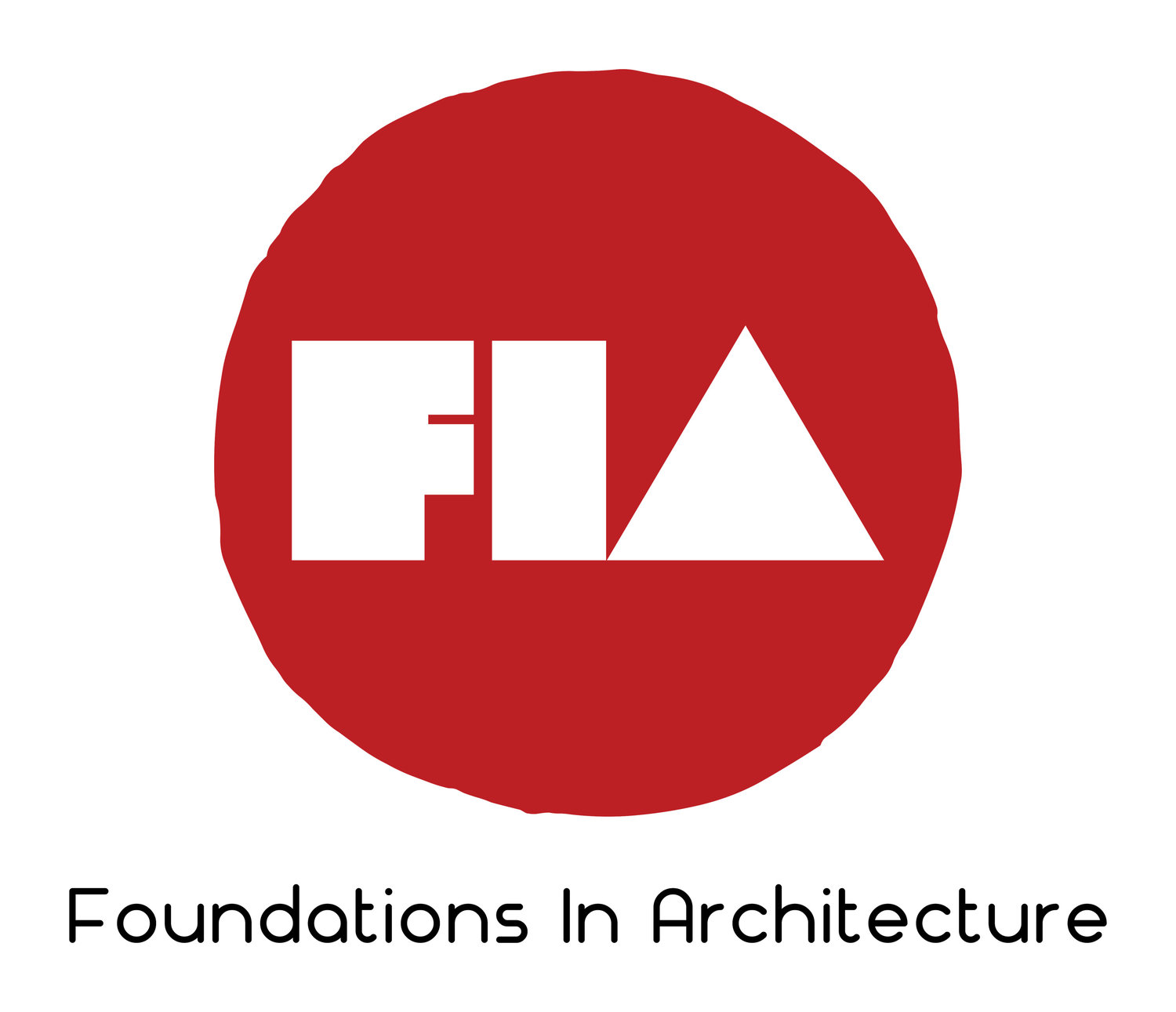In the Story of Architecture read pages 36-43. Then watch the video on the Hagia Sofia.
The Architecture Handbook
Relationship to Nearby Buildings
Proportions- The size of an object compared to another.
Scale: The size and proportion of one item compared to a common object.
These terms are principles of design, art, and architecture. They are used to help clarify and help designers create using established principles. This is why when you see something that doesn't fit with the surrounds it normally violates one of the principles. Some architects design ignoring the principles and have success. In an urban environment architects normally attempt to work within that context. You challenger is to understand the environment of the your own house and it's relationship with the community. Also look at your community and see if there are buildings that do not fit within the historic or cultural context.
The Architecture Handbook
The architecture scale is different than the engineers scale because it is organized by fractions. Residential drawings are normally drawn at 1/4" = 1'-0". 1/4 inch is the predominate scale used by American architects and construction professionals. Using the scale is simple. If you have something in real life that is 5 feet. You reduce the size by selecting the 1/4" side of your triangle scale and select the five. You have just reduced your five foot in real life to a 1/4" scale. At the end of the 1/4" scale you can also reduce inches. On the 1/4" scale each mark between the 0 and 1/4 label is reduced to 1 inch. Therefore, if you have an object 2 feet 6 inches you will select on the scale 2 and count back 6 tick marks. This is 2'-6"
The next important item is the correct documentation of feet and inches.
1' - the apostrophe means feet
1" - means inches
If you read a dimension it will always start with feet (') followed by inches (").
Correct documentation is 24' - 6". Always use the dash between the feet and inches. If it is less than 1 foot use just the inches symbol.
Be sure to practice the TRY IT!

